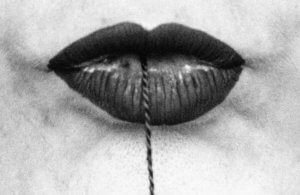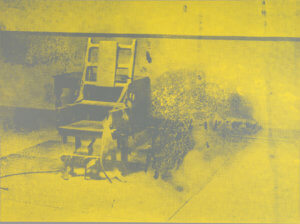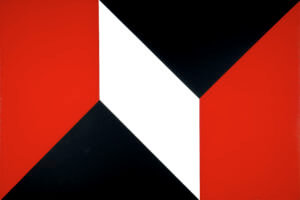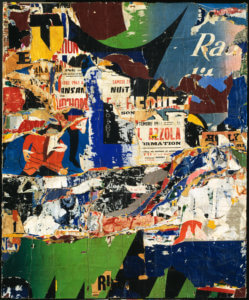Art in NYC: Delirious Art at the Met Breuer
Delirious: Art at the Limits of Reason, 1950-1980 on view September 13, 2017 – January 14, 2018

The expansive show of the post-WWII art at the Met Breuer under an ambitious title Delirious: Art at the Limit of Reason promises to spin your head. And it surely does! The exhibition includes the works of such luminaries of contemporary art as Andy Warhol, Yayoi Kusama, Eva Hesse, and Sol LeWitt among others. In all, about 100 pieces of art primarily from Europe, Latin America, and the US are organized under 4 loose categories: Vertigo, Excess, Nonsense, and Twisted. The visitors will encounter the generous labels about the subject and countersubject depicted in a particular work. This gentle guidance by the experts helps to appreciate fully the points made by the artists with all the twists and eccentricity entailed.

The curatorial introduction to the show gives the meaning of the word delirious in its medical sense and points to the turbulence of the post-wartime as a leading factor that either caused or led to stimulating that state of mind. As science and technology were accelerating its hold on everyday life and encroaching on one’s perception of reality, they got their place in the contemporary art as seemingly endless repetitive sequences of shapes, colors, and sounds. In fact, in some sense, the most delirious effect of the exhibition is from its soundtrack.
A review by Roberta Smith in the New York Times notes that given the pressure of the Cold War and the uncertainties of the time the “artists answered life’s absurdities with more of the same”.
It is curious to note the fluidity between the rational use of certain technical and mathematical concepts and their irrational derivations cleverly observed by the artists. Some examples of those effects are topographical representations of Steiner Surfaces by Ruth Vollmer, Study of Distortion by Agnes Denes, or Color Motion 4-64 by Edna Andrade. In other cases seemingly simple everyday actions are transformed by endless repetition to stunning visual and sound effects in Cycles of 3s and 7s by Tony Conrad and several works by Sol LeWitt.

Another interesting aspect of the show is its focus on the influence of the writings by Samuel Beckett on the artists. It’s not a coincidence as the show had preceded by 5 years of research into the perception of Beckett’s plays by the experimental artists. The exhibition also highlights a connection between the artistic expression and the social and political environment of the moment.
While it may feel by some that the exhibition skipped some of the work that could clearly belong there, it helps to keep in mind how productive the sphere of art was in the post-war time. This carefully selected sample of works is only scratching the surface of the oeuvre in the category feeding the appetite to see more.

With the New York Pass your can enjoy a free visit to the Met Breuer!
Venue: The Met Breuer, 945 Madison Avenue, NY
Dates: September 13, 2017 – January 14, 2018